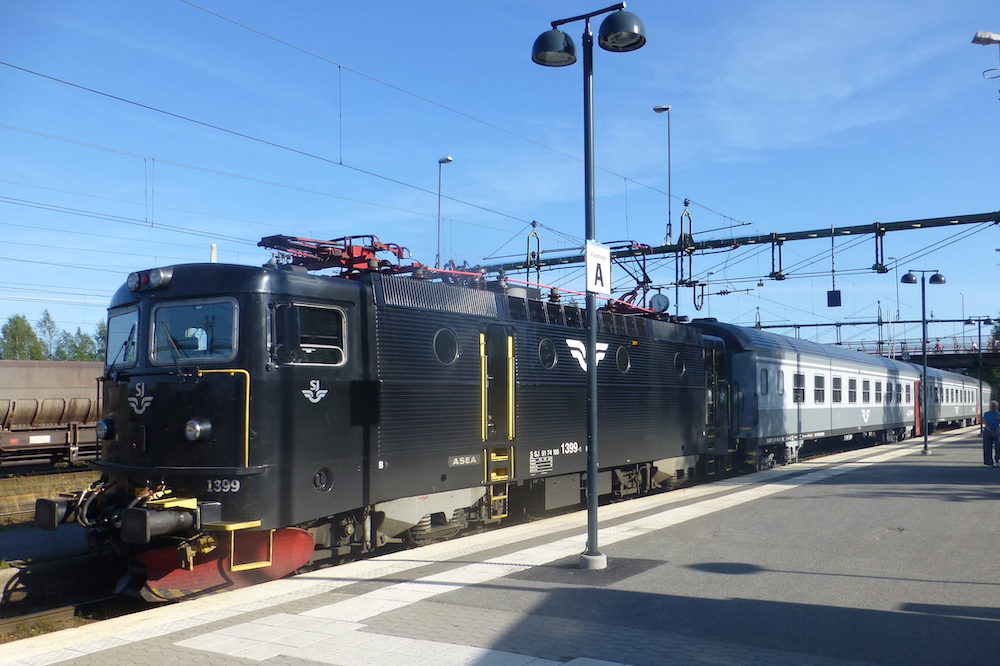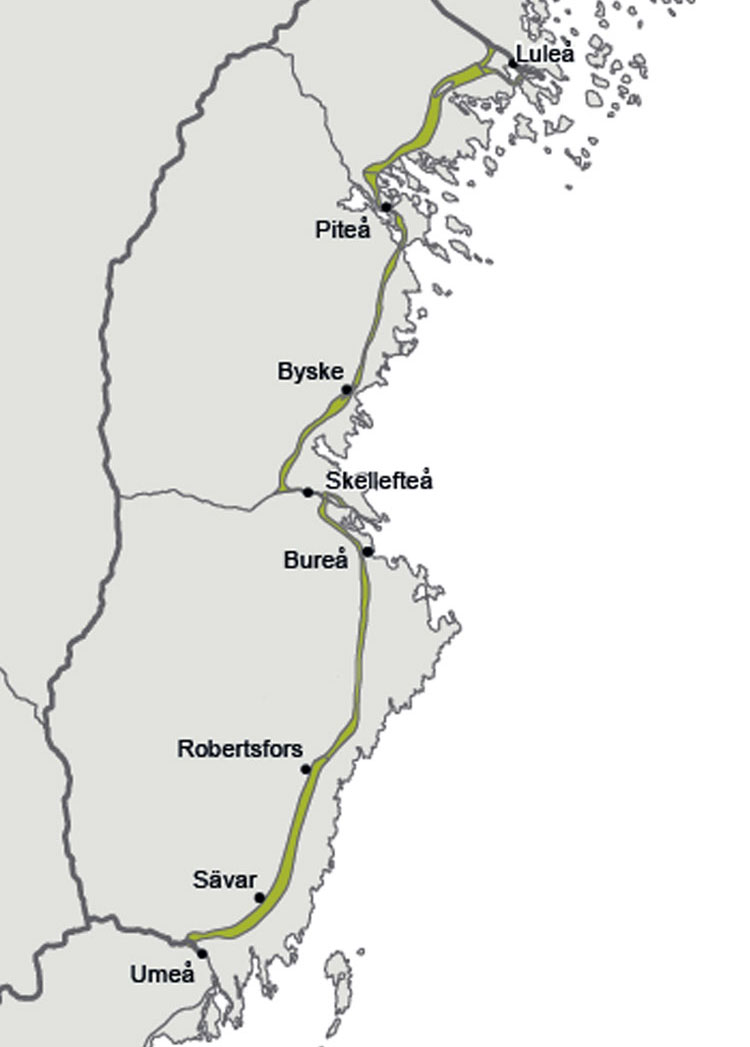Sweden greenlights a railway line in its emerging high-tech North
“The North Bothnia Line is vital, not just for northern Sweden, but for all of Sweden.”

Sweden’s government has pledged to complete construction of a railway along its northeastern coast, improving passenger and cargo transport in a part of the country that is experiencing rapid growth in industries that have tapped into the region’s abundant hydroelectric power resources.
“This is a historic decision, and it is extremely important at a time when we are seeing the investments we are seeing in northern Sweden,” Tomas Eberoth, the infrastructure minister, said on Wednesday.
Some 1 trillion kronor (about $120 billion) has been pumped into high-tech industries located in Sweden’s two northernmost counties in recent years. A commitment of that magnitude, according to Eberoth, obliged the public sector to do its part to make sure that the infrastructure the firms needed was in place.

“The North Bothnia Line is vital, not just for northern Sweden, but for all of Sweden,” he said.
Most of the funding for the North Bothnia Line will come from Sweden’s 876 billion kronor long-term transport infrastructure budget for 2022-2033. Some funding will come from EU transport-infrastructure projects, but, according to Eberoth, Brussels’s involvement had not been decisive in the government’s decision.
In addition to the railway, which will accommodate speeds of up to 250 km/h, Eberoth said additional infrastructure funding would likely be put into things like job training and education that could support the growth of the region’s industries.
[Northern Sweden looks to expand its workforce in a bid to keep pace with high-tech growth]
When complete, the 270-kilometer North Bothnia Line will link the cities of Umeå and Luleå. Built at a projected cost of 29 billion kronor, it will tie the region to Sweden’s rail network, in the process linking it more closely to continental Europe, while also providing commuters and firms with improved regional transport opportunities.
Construction of the southerly section, running 130 kilometers between Umeå and Skellefteå, began in 2018 and is due to be completed in 2030. While construction of a northerly section was expected, no specific plans had been drawn up, and no funding had been set aside.
Before a date to begin construction can be set, national transportation authorities must provide the government with a plan for how work will proceed. Those details are likely to be presented this spring, but Eberoth reckoned that the earliest construction could begin was 2026 and take a decade to complete.
CORRECTION: An earlier version of this incorrectly said investments in high-tech industries in Northern Sweden totaled $120 million, rather than $120 billion. The piece has been updated to reflect the correct figure.